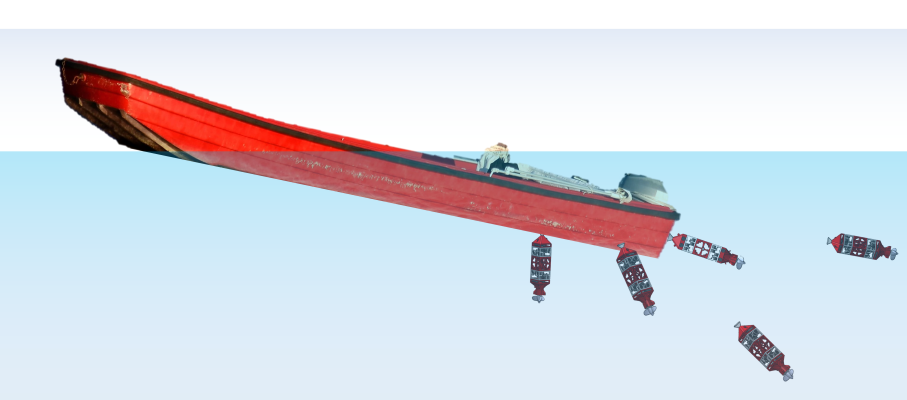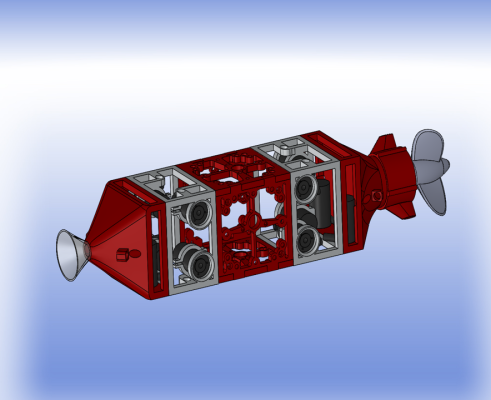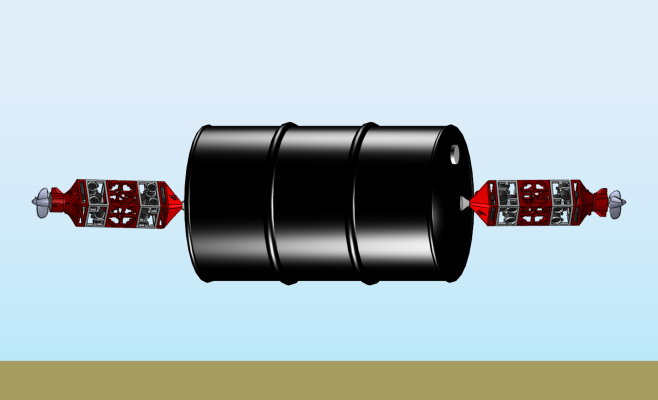Meet Our Robots
The explosive growth of space technologies that are furthering the information age continue to elicit transformative advances that can chiefly be attributed largely to the inexpensive and reusable commercial launch capabilities. They form a basis for the space technology of the future, which include on-orbit servicing, assembling and manufacturing. The confluence of advanced manufacturing technologies, novel materials, electronics and advanced computing architectures forms a fertile precursor for this research. One of the most versatile set of space mechanisms that can be a potential enabler are free-flying systems. Advances in CubeSat technology have continued to further the technology maturation of the free-flyer concept. Ground robotic platforms that focus on CubeSat technology enable accessible and low-cost spacecraft motion emulation solutions that contrast industrial and defense standards. This leads to regularized hardware in the loop testing of free-flying space robotic mechanisms that build confidence in novel small space system mission concepts.
Towards this goal, the LASR Lab has made significant contributions in the areas of dynamics, control and simulation of a Mobile Robotic System for 6-DOF Motion Emulation. The laboratory is home to a variety of robotic platforms that emulate satellite motions.

Holonomic Omni-directional Motion Emulation Robot (HOMER)
One key robotic testbed is the Holonomic Omni-directional Motion Emulation Robot, referred to as HOMER, which consists of a mobile, planar base accompanied by a Stewart platform. Here, the term “holonomic” is used in a robotics sense where the number of controllable degrees-of-freedom is equal to the total degrees-of-freedom of the robot. The base provides large, omni-directional 3-DOF planar motion, whereas the Stewart platform provides smaller motion in all 6-DOF to a high degree of precision. Not only does the Stewart platform superimpose out-of-plane motion, but it also can be used to “clean up” the less precise motion of the base. The mobile platform approach provides emulation capabilities:
- Allows for untethered circumnavigation of two or more vehicles.
- Planar motion is limited only by the size of the workspace.
- Low-cost alternative to larger installations while maintaining high fidelity.
- Supports testing of non-spacecraft multi-vehicle systems, such as autonomous aerial refueling.
- The entire facility is quasi-portable; in less than 24 hours, the system can be relocated as needed
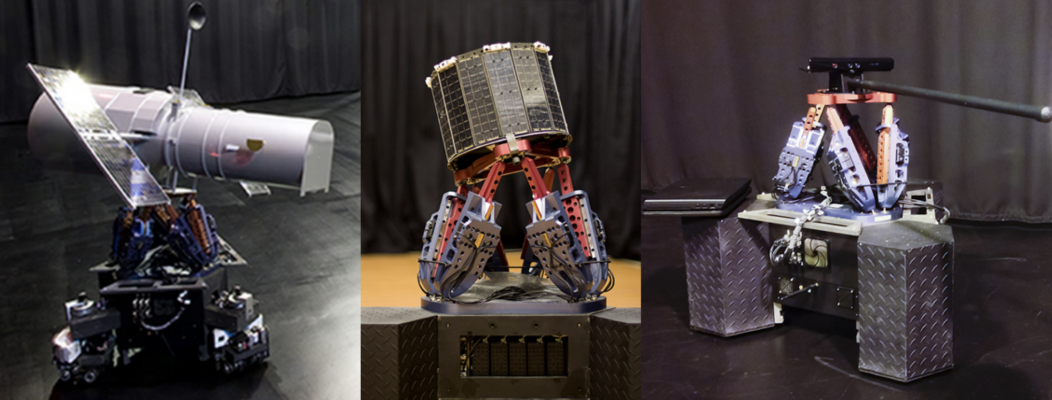
Suspended Target Emulation Pendulum (STEP)
The Suspended Target Emulation Pendulum, or STEP, is a 5-DOF, pendulum-based, motion simulator to which mock target vehicles can be attached. The target vehicle is suspended from a long spherical pendulum with its pivot point actively positioned by a 2-axis gantry. The idea is to actuate the gantry moving the pivot point to accurately “chase” the mass center of the target vehicle such that the pendulum remains near vertical and the target maintains “space like” motion in a horizontal plane. The pendulum is also designed to rotate to simulate the case of a body in pure spin. The target vehicle is suspended by a universal joint at, or very near, its center of gravity, allowing for a small range of motion for the target in the two rotational degrees of freedom orthogonal to the pendulum. This system is designed for use in conjunction with another robotic simulation system like HOMER to simulate a contact event.
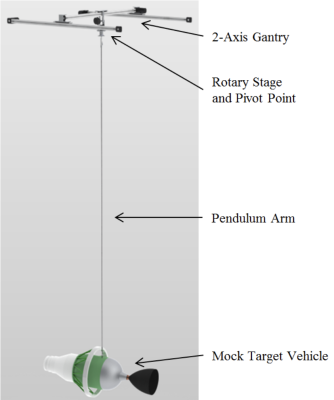
Transforming Proximity Operations and Docking Service (TPODS)
The LASR Lab is currently investigating the use of free-flying spacecraft modules in several different on-orbit, servicing, and manufacturing (OSAM) activities. This work involves the system development and testing of the Transforming Proximity Operations and Docking Service (TPODS) satellite modules (for more information about TPODS, click here).
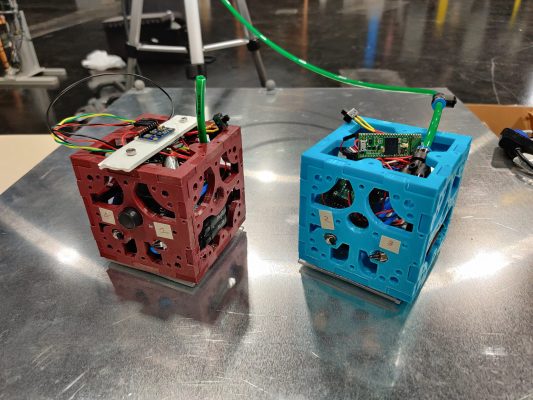
Nautical Exploration Maneuver Operations System (NEMOS)
Recently, the LASR Lab is adapting the TPODS modules for the marine environment. Advances in Nautical Autonomy continues to propel the technological evolution and accessibility of oceanic exploration and its diverse applications. Given the unpredictable and tumultuous nature of the aquatic environment, the need for precise control and manipulation of nautical objects through autonomous systems has become paramount. This gives way to the Nautical Exploration Maneuver Operations System (NEMOS), a preliminary concept characterized by free-floating adaptability and seamless maneuverability, enabling effective handling of irregular shapes and objects even under loss of control – a feat previously unattainable with traditional claw-like mechanisms. NEMOS facilitates communications between swarm modules by utilizing water jet thrusters and main propeller to enable unrestricted movement of nautical objects both in and above the water.
